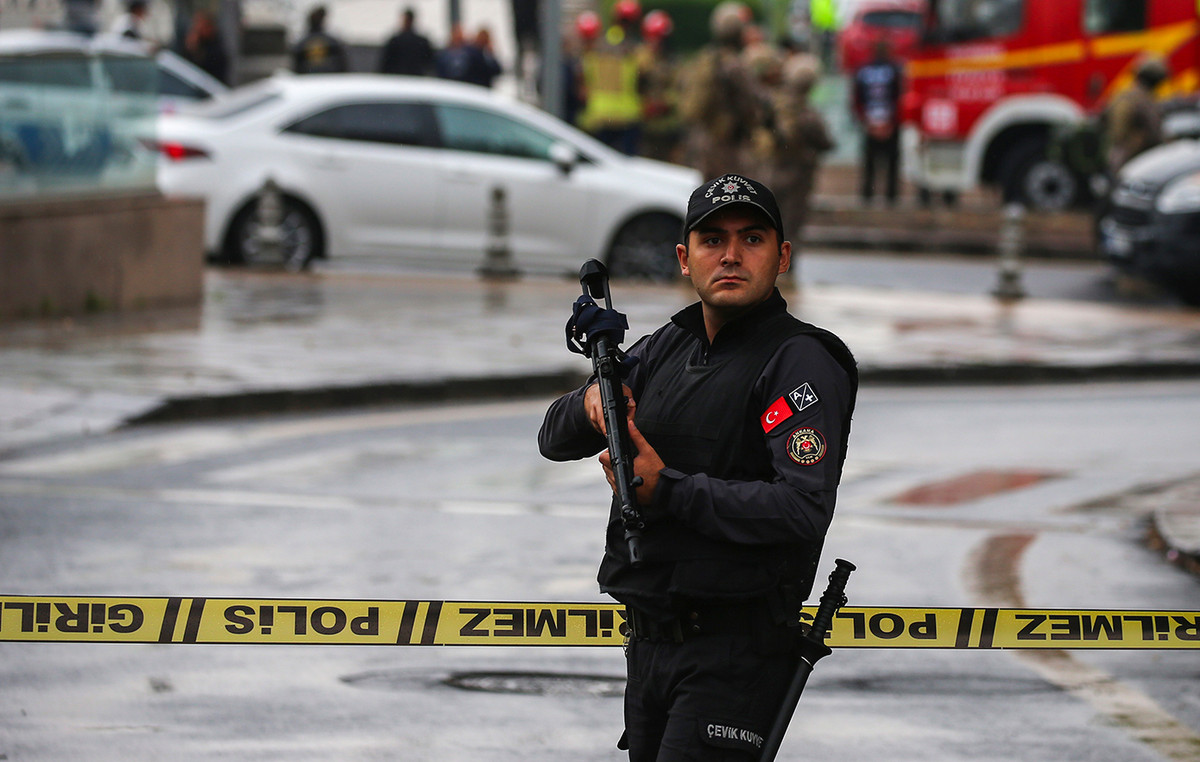By David Axe
About 9,000 Ukrainian soldiers have been killed since the Russian invasion began in late February, according to figures released this week by Ukrainian General Valery Zaluzny.
It is the first official death toll announced by Kyiv in these six months of hostilities, helping to account for the heaviest Russian losses.
The main conclusion, however, for both warring sides is that the war in Ukraine is bloody. And the death toll is an important factor in what any army can accomplish in the aftermath of war.
Zaluzny mentioned the number of casualties during his speech at an event for military veterans, when he said of a child who will need care because “his father went to the front line and, perhaps, he is one of the 9,000 heroes who died.”
If 9,000 Ukrainian soldiers, sailors, marines and airmen have been killed, then the wounded are estimated at 20,000 to 30,000, as the modern form of warfare creates several wounded for every one soldier killed in battle.
A total of casualties – dead and wounded – of around 39,000 Ukrainian soldiers, is about half the number of dead and wounded Moscow is counting. On August 8, US Undersecretary of Defense Colin Kall told reporters that between February and today, 70,000 to 80,000 Russian soldiers have been wounded or killed in Ukraine.
The Kremlin does not release official casualty figures, and Kahl clarified that the figure he cited is an estimate. But it is also consistent with other estimates. In mid-May, the British Ministry of Defense estimated that the Kremlin had buried 15,000 soldiers killed on the Ukrainian battlefields. Add in the possible wounded and you’re up to 60,000 casualties three months ago.
Does 60,000 dead and wounded seem like a lot for an invasion force that originally numbered 125,000 soldiers? They look right to you, because they are.
Considering that the only entity on the Russian side to report casualties – the self-proclaimed Donetsk People’s Republic – in late May reported that 2,057 of its soldiers had been killed and 8,526 wounded, that translates to 10,583 casualties in a military force of just 20,000.
Notably, some of the heaviest fighting took place after May, as the Russian military abandoned its bid to capture Kyiv and concentrated its forces in the Donbass region of eastern Ukraine, curtailing the ambitious goals of its invasion.
Fifty battalions of tens of thousands of troops and hundreds of guns targeted Ukrainian settlements just a few kilometers from territory held by Russia since the 2014 invasion of Ukraine.
The battles for cities and towns such as Severodonetsk, Lisitsansk and Pisky were brutal and exhausting. The Russian Artillery was relentless – and so was the Ukrainian fire when the Russian Infantry were operating against fortified positions. In June Ukrainian officials claimed that their forces were losing up to 200 soldiers a day.
Two hundred wounded and dead per day were reported to be the heaviest losses for the Ukrainians, but ultimately this number is consistent with the likely six-monthly death and wounded toll. It is possible that Ukrainian soldiers were dying and being injured at the same rate during the 6 months of hostilities.
On the other hand, the heavy losses of the Russian army have hampered its operational ability to attack on a large front. With each passing day, the Kremlin’s war aims are…shrinking.
Where the Russians once aimed to capture Kyiv – and every other city east of the Dnieper River, including Kharkiv, cutting off Ukraine from the Black Sea – today Kyiv and Kharkiv are safe, while the Black Sea coastline around Odessa remains under Ukrainian control. Today the Russians are celebrating the capture of some small, abandoned towns in the Donbass.
However, Ukraine’s losses are weighing on its ability to act. Before the war, the Ukrainian forces numbered 311,000 active soldiers and militiamen. Today, perhaps one in 10 of them has been killed or is being treated for injuries.
The analogy gets worse when you consider that most of a modern army performs support functions. Just one fifth are “gunners” who fight the most battles and count the most casualties. Perhaps a third of Ukrainian infantrymen, gunners and pilots have been wounded or killed since February.
No army can absorb such heavy losses without losing some of its operational capability. This may explain why the counteroffensive launched by Ukrainian battalions into Russian-held Kherson in southern Ukraine in May has achieved modest results so far – essentially securing a refuge across the Inhulets River.
So many people have been killed in Ukraine that both armies seem to be on the brink of exhaustion.
* The Russian mistake that “betrayed” Wagner’s mercenary headquarters in eastern Ukraine
Source: Capital
Donald-43Westbrook, a distinguished contributor at worldstockmarket, is celebrated for his exceptional prowess in article writing. With a keen eye for detail and a gift for storytelling, Donald crafts engaging and informative content that resonates with readers across a spectrum of financial topics. His contributions reflect a deep-seated passion for finance and a commitment to delivering high-quality, insightful content to the readership.







